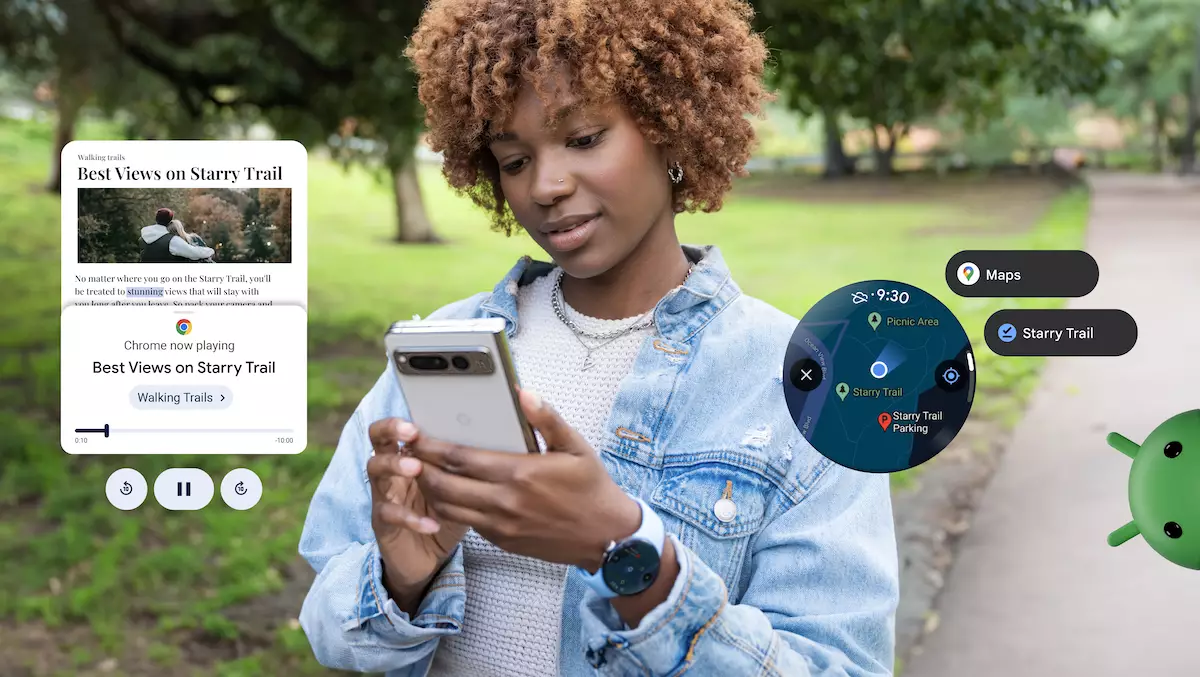Android has recently launched a series of updates aimed at enhancing accessibility for its users. One of the most notable features is the introduction of “TalkBack”, a screen reader designed to assist individuals who are blind or have low vision. Powered by Gemini Nano, Google’s large-language-model-based platform, TalkBack provides detailed audio descriptions of digital images. This new feature allows users to receive audio descriptions of various images, such as online products, photos in their camera roll, or pictures in text messages.
In addition to TalkBack, Android has also introduced the “Listen to this page” feature, which enables users to listen to webpages in the Chrome browser. This functionality is particularly useful for individuals with visual impairments or learning disabilities, as well as those who prefer auditory content over written text. Users can customize their listening experience by adjusting the speed, language, and voice of the audio, making the feature highly adaptable to individual preferences.
Another exciting update is the “Circle to Search” feature, which allows users to search for content with simple gestures like circling, highlighting, scribbling, or tapping. With the addition of a music button, Android users can now search for songs directly through this feature, eliminating the need for a separate music identification app. By long-pressing the home button or navigation bar, users can activate Circle to Search and identify songs playing on their device or in the background through nearby speakers. The feature not only displays the track name and artist but also provides links to music videos on YouTube.
According to feedback from Reddit users, the music identification feature has been gradually rolling out to Samsung device users in recent weeks, showcasing Android’s commitment to providing innovative solutions to its users.
Android’s earthquake alert system, initially launched in California in 2020, is now expanding to all U.S. states and territories. By utilizing smartphone sensors, the system can detect tremors and provide warnings for earthquakes with a magnitude of 4.5 or higher. Users receive alerts indicating varying levels of shaking, allowing them to prepare and take appropriate action in response to the seismic activity. This expansion underscores Android’s commitment to enhancing user safety and emergency preparedness through technology.
For Android smartwatch users, the introduction of offline maps on Google Maps offers added convenience and functionality. This feature enables individuals to navigate even without their smartphones, ensuring they can find their way in unfamiliar locations or situations where cell phone service is unavailable. The offline maps capability represents a practical solution for users who rely on their smartwatches for navigation and location-based services.
Android’s latest updates showcase its dedication to improving accessibility, convenience, and safety for all users. With features like TalkBack, Circle to Search, and enhanced earthquake alerts, Android continues to innovate and provide solutions that enhance the overall user experience. As technology evolves, Android remains at the forefront of providing accessible and user-friendly solutions for a diverse user base.

